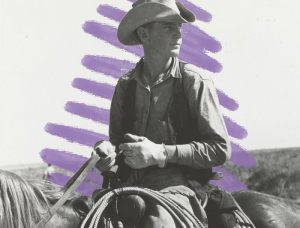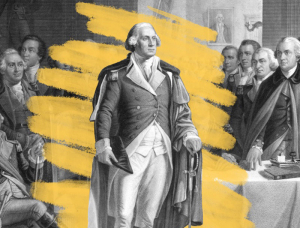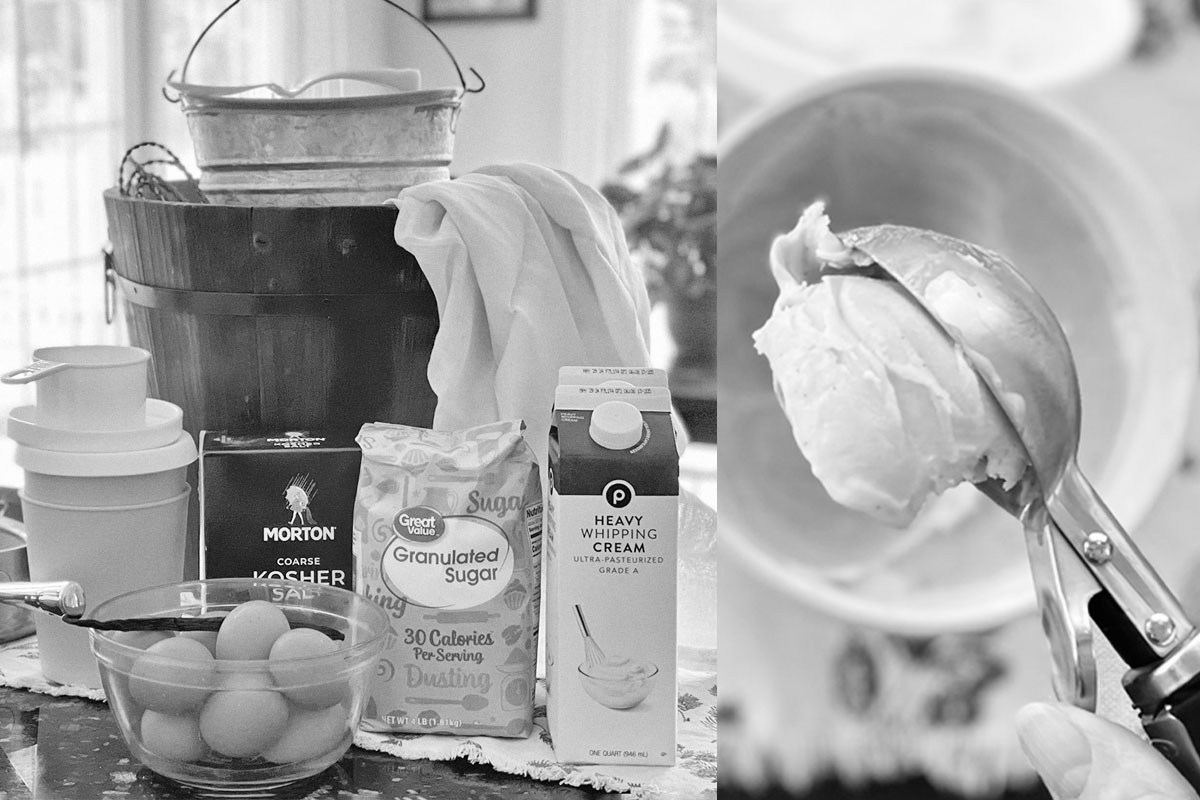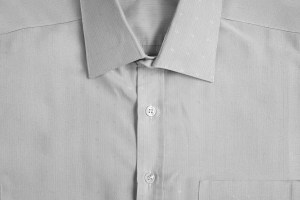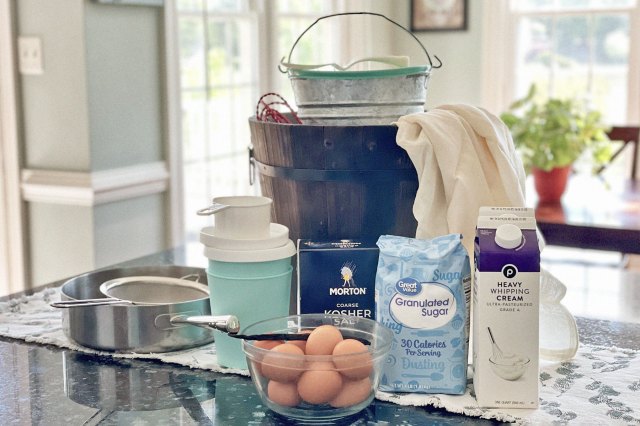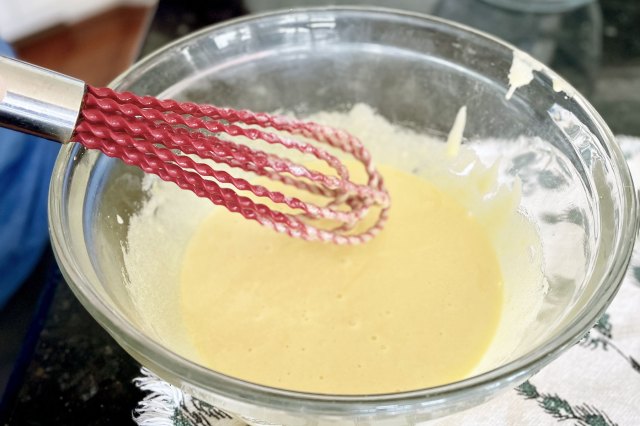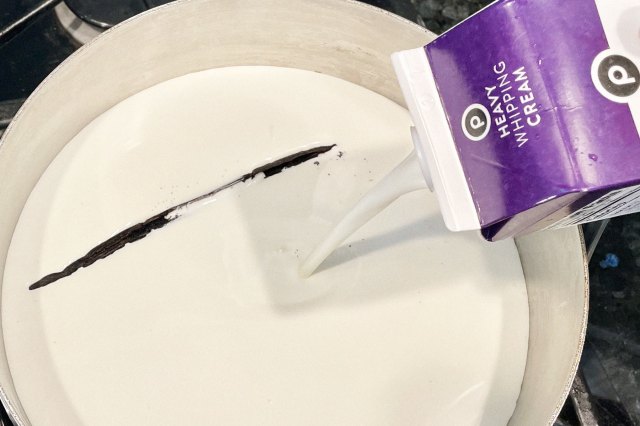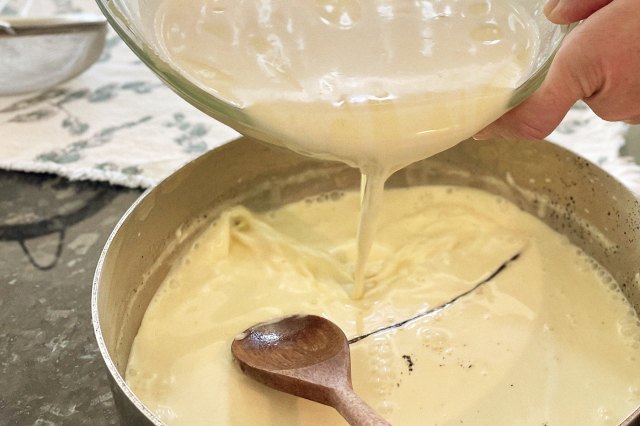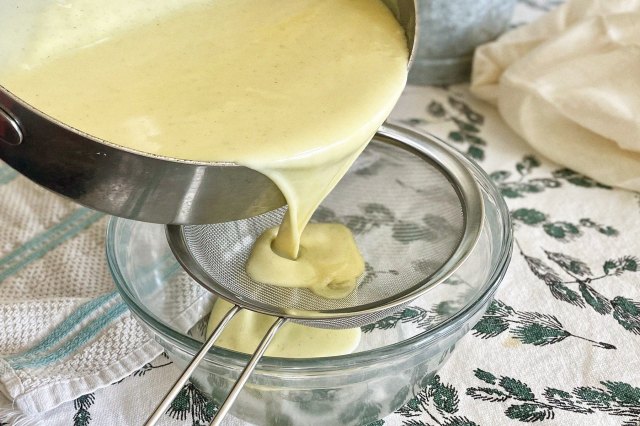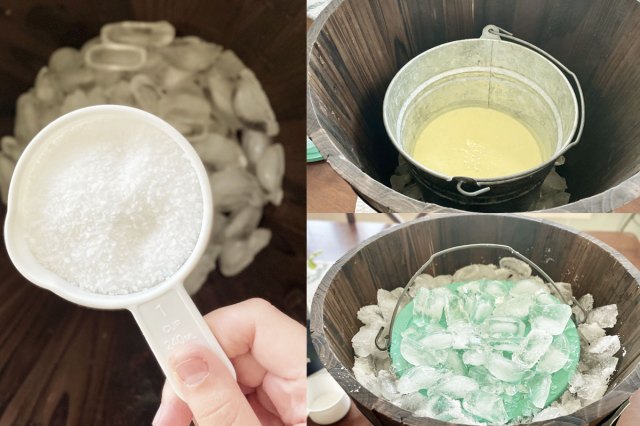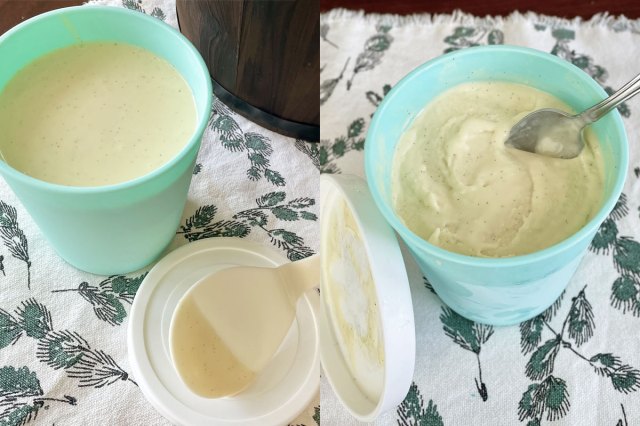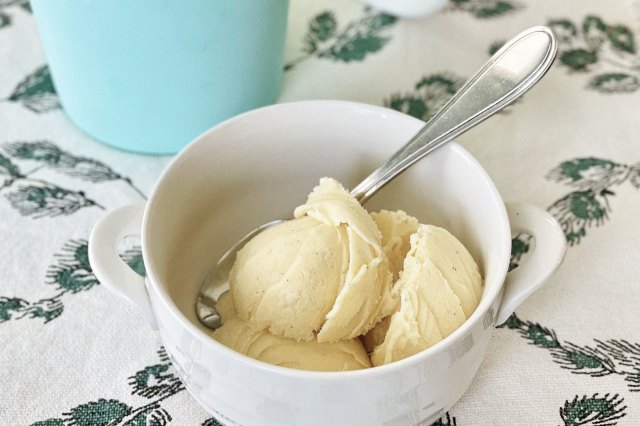We Made Thomas Jefferson’s Ice Cream
Thomas Jefferson’s complicated legacy encompasses his roles as an American founding father, the principal author of the Declaration of Independence, and the third President of the United States. Jefferson was also an enthusiastic foodie, with a willingness to try new cuisine and an interest in kitchen gadgets. He particularly enjoyed ice cream, a dessert he likely encountered during his time in France from 1784 to 1789. And while Jefferson did not introduce the young United States to ice cream — the frozen treat was served in the American colonies as early as 1744 — he certainly helped popularize the dish, and he is the first known American to write down a recipe for it.
Jefferson’s ice cream recipe is one of only 10 surviving recipes in his handwriting. It’s unlikely that the President created the recipe himself; the original source was likely his French butler, Adrien Petit. Still, Jefferson was fond enough of the creamy dessert to write down the recipe and ship pewter ice molds back from France.
While the founding father’s ice cream recipe is simple to make, the tools used in the early 19th century aren’t in common use today. For instance, the “sabottiere” ice cream maker (also spelled “sabotiere”) that Jefferson references was a lidded metal bucket within a larger wooden bucket. Today’s ice cream makers have similar components, but are easier, faster, and less laborious to use. Likewise, the ice cream molds that Jefferson had shipped from France are mostly obsolete today, replaced by silicone popsicle molds and pint- or quart-sized containers.
The website for Jefferson’s Virginia home, Monticello, includes both Jefferson’s original ice cream recipe and an updated version by Jefferson historian Marie Kimball. To make Jefferson’s ice cream, my son and I stuck as close to the original recipe as possible, improvising when necessary. For instance, to bring the ice cream mixture to boiling, we used a large skillet on a gas stovetop rather than an open fire. And instead of straining it “thro’ a towel,” we used a metal sieve.
Though the process took considerably longer than we expected — and longer than Jefferson himself suggested (see the note at the end of the article) — the end result was rich, creamy, and delicious!
